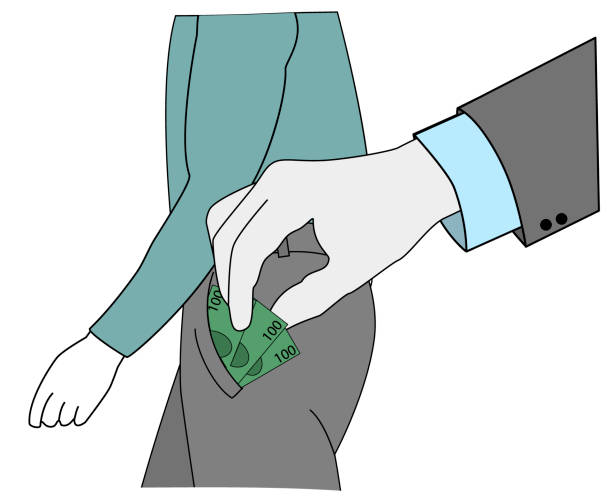Earlier this week, I was invited to testify before the House Labor Committee on HB 1646, legislation enacting the “Equal Pay Opportunity Act.”
Supporters of HB 1646 claim women who work full-time earn 80% less than men working the same job.
But this claim does not take into consideration a number of factors that influence male and female wages.
Studies show that when variation in work experience is factored in—such as time on the job and hours worked part-time versus full-time—the pay gap between woman and men closes to 88 cents on the dollar.
According to the Bureau of Labor Statistics, men are more likely than women to have a longer workweek. Only 5% of men worked 35-39 hours per week, while 12% of women did. Conversely, 26% of men worked 41 or more hours per week, compared to just 14% of women. The BLS says the women who do work 40 hours per week earn 88% as much as men.
Another factor research shows for pay disparity is that women take more career interruptions than men to care for their family:
- 39% of mothers say they have taken a significant amount of time off from work, compared to 24% of fathers.
- 42% of mothers have reduced their work hours to care for a child or other family member, compared to 28% of fathers.
- 27% of mothers say they have quit work altogether to take care of these familial responsibilities, compared to just 10% of men.
BLS data shows men do, in fact, spend a larger percent of weeks working than women, with women age 18-46 spending 25% of weeks out of the labor force compared to men’s 10%.
Once time out of the work force is accounted for, women earn 91 cents compared to men.
Yet another factor in pay disparity are the types of jobs women choose to work. Women are more likely to seek employment in industries and positions that are more flexible and amenable to the needs of working mothers. The trade off for this flexibility is usually lower wages. For example, women are more likely to be elementary teachers (over 85%), which allows more time off and great benefits but doesn’t come with a big paycheck; men are more likely to work in more demanding, and higher paying, jobs like finance.
Accounting for these differences the type of employment, the wage gap shrinks to around 97 cents.
So, of the 20-cent wage gap between women and men, 17-cents can be explained by factors that have to do with the different life and career choices of men and women. Yes, women, on average, do earn less than men, but it is not because of discrimination.
The reality is women start their careers on equal footing with men:
…today’s young women [ages 25 to 34] are the first in modern history to start their work lives at near parity with men.”
In fact, if any gender can claim wage discrimination, it might be young men. The average hourly wages of single women aged 35-43 who have never had a child are 8% greater than that of their male counterparts. And that differential is even greater in many big cities. Young women in Atlanta and Memphis earn 20% more than their male peers, while women in New York City, Los Angeles and San Diego earn 17%, 12% and 15% more, respectively.
So not only is the 80-cent wage gap a myth, existing laws, including the Equal Pay Act, the Civil Rights Act and the Washington Law Against Discrimination, are sufficient to check discrimination. Thanks to such laws already in place, the small pay gap today has narrowed from 36 cents in 1980.
The bottom line is HB 1646 is the worst kind of regulation—completely unnecessary.




